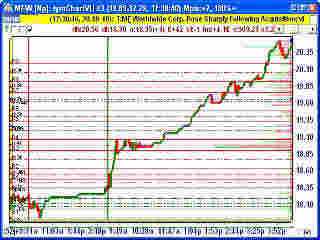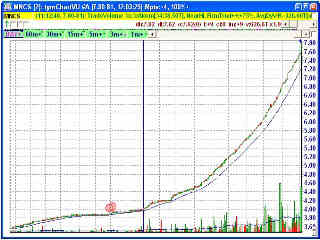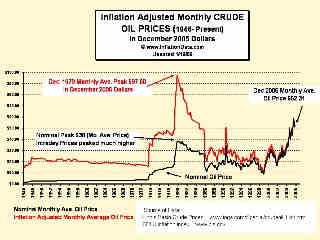(01/30/2007 UPDATE – NEW ARTICLE DESCRIBES HOW DEBIT CARDS OVERDRAFT FEES ARE ALSO RUNNING RAMPANT!)
The card gets swiped like any other credit card, and receives the normal approval from the credit card company. But apparently, the bank is not in real-time contact with the credit card company, so while the transaction may be accepted by the credit card company used by the bank, it can cause an overdraft in your checking account once the bank is notified if you have insufficient funds to cover it. As such, be wary of which card you pull from your wallet. And if you do choose to use a bank-linked credit card, make darn sure you have more than enough to cover the complete transaction if you do not have overdraft protection (and be sure to read the fine print on your overdraft protection program as well). Depending on which bank you use, “insufficient fund” fees can be very steep, varying from $30 to as high as $80, as our friend discovered (and remember – this is for EACH transaction you may rack up until you realize what happened)! Sometimes these fees can be partially negotiated down if you are persistant, but don’t hold your breath.
On the debit card side, apparently transactions are handled on a real-time basis and may be declined if unsufficient funds are available at the time the request is made. But policies may still vary from bank to bank, so be sure to read all the fine print and contact your bank for a better understanding.
(01/30/2007 UPDATE – NEW ARTICLE DESCRIBES HOW DEBIT CARDS OVERDRAFT FEES ARE ALSO RUNNING RAMPANT!)
Either way, any of these overdraft fees – enacted for whatever reason – are truly and outrageously exorbitant. Imagine an $80 fee on a $100 overdraft? Then calculate the annualized return on the “loan”! Makes you wonder how the banks can get any with it. But in the meantime, what a great way for banks to make extra money if they don’t mind screwing their customers!
No Comments »
 RSS feed for comments on this post. TrackBack URL
RSS feed for comments on this post. TrackBack URL


















